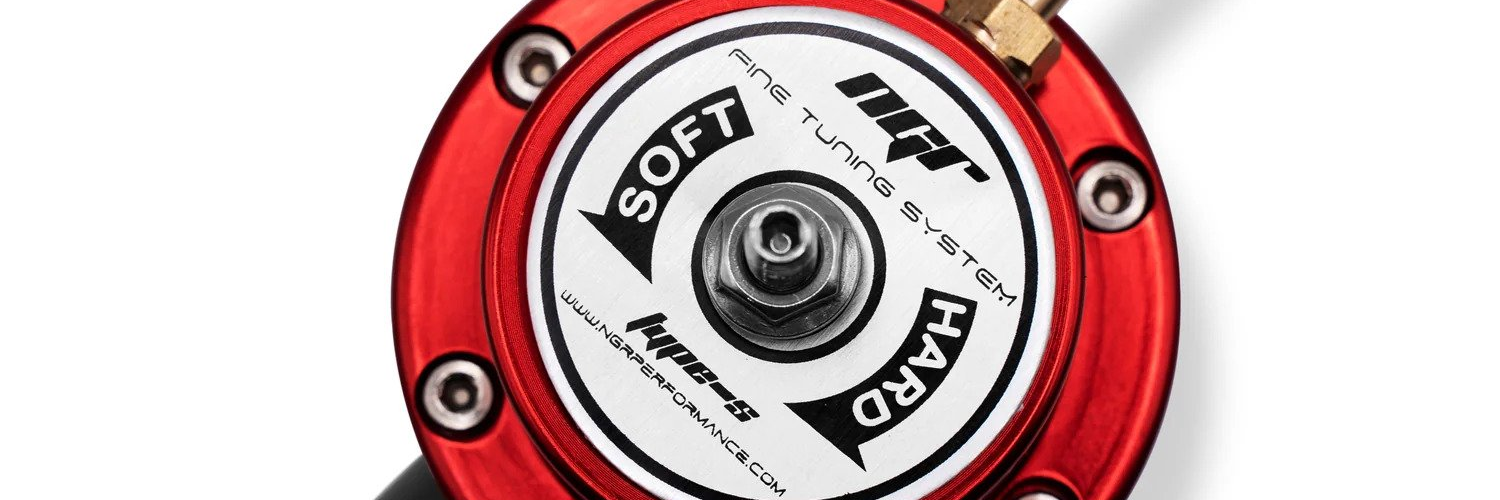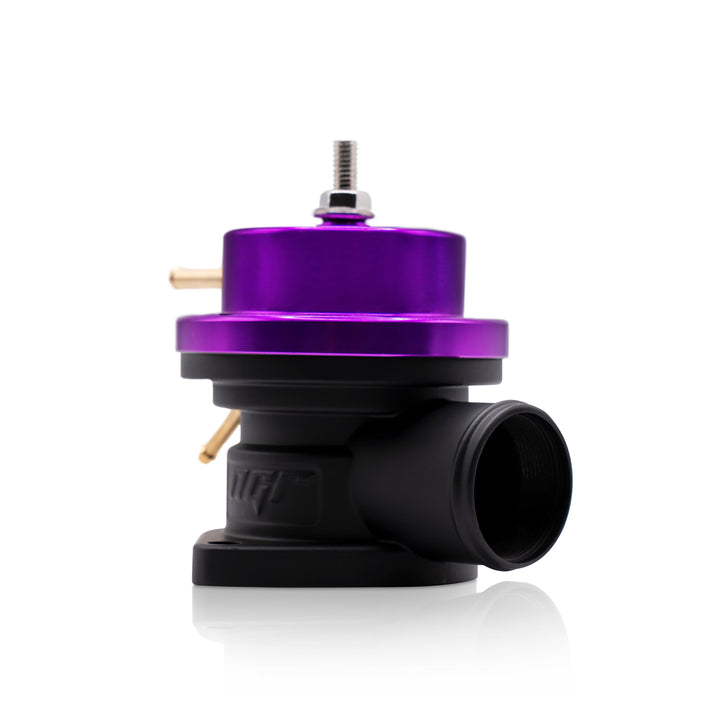Ania Queen's blog : Understanding How a Blow off Valve Works

A blow off valve is a crucial component in turbocharged engines, ensuring optimal performance and protecting against potential damage. Understanding how it functions and its various types is essential for any car enthusiast or mechanic.
Understanding How a Blow off Valve Works
What is a blow off valve?
A blow off valve, often abbreviated as BOV, is designed to release built-up pressure in the intake system when the throttle is closed. This prevents the pressurized air from backing up and causing damage to the turbocharger or other engine components.
The purpose of a blow off valve
The primary purpose of a blow off valve is to relieve excess pressure from the turbocharger's compressor side when the throttle plate closes. This action prevents compressor surge, which can lead to decreased performance and potential damage to the turbocharger.
Mechanics behind a blow off valve
Blow off valves operate on a simple principle of spring-loaded valves that open when a certain pressure threshold is reached. This allows the pressurized air to vent to the atmosphere or be recirculated back into the intake system, depending on the type of blow off valve.

Types of Blow off Valves
Blow off valves come in two main types: atmospheric and recirculating.
Atmospheric blow off valves
Atmospheric blow off valves release the excess pressure directly into the atmosphere, creating the characteristic "whoosh" sound that is often associated with turbocharged vehicles. While these valves offer superior performance and response, they may not be legal in some regions due to noise regulations.
Recirculating blow off valves
Recirculating blow off valves redirect the excess pressure back into the intake system before the turbocharger, eliminating the audible noise associated with atmospheric blow off valves. While they may not offer the same performance benefits, recirculating valves are quieter and remain street legal in most areas.
Benefits of Installing a Blow off Valve
Installing a blow off valve offers several advantages for turbocharged vehicles.
Improved turbocharger performance
By preventing compressor surge and maintaining consistent boost pressure, a Blow off valve ensures optimal performance and responsiveness from the turbocharger.
Protection against compressor surge
Compressor surge occurs when pressurized air reverses direction and flows back through the turbocharger, causing damage to the compressor wheel and bearings. A blow off valve mitigates this risk by venting excess pressure when the throttle is closed.
Enhanced engine lifespan
By reducing stress on the turbocharger and other engine components, a blow off valve can extend the lifespan of the engine and improve overall reliability.
Choosing the Right Blow off Valve for Your Vehicle
Selecting the appropriate blow off valve for your vehicle requires careful consideration of several factors.
Considerations for selection
Factors such as engine size, turbocharger specifications, and intended use should be taken into account when choosing a blow off valve.
Compatibility with vehicle modifications
If your vehicle has aftermarket modifications such as increased boost pressure or larger turbochargers, it's essential to ensure that the blow off valve can handle the additional stress.
Installation Process of a Blow off Valve
Installing a blow off valve can be relatively straightforward with the right tools and knowledge.
Step-by-step guide to installation
- Locate the factory bypass valve on the intake system.
- Remove any necessary components to access the bypass valve.
- Disconnect the vacuum lines and electrical connections from the bypass valve.
- Unbolt the bypass valve from the intake system.
- Install the new blow off valve using the provided hardware.
- Reconnect the vacuum lines and electrical connections.
- Double-check all connections and tighten any loose bolts.
- Start the engine and ensure proper operation of the blow off valve.
Common mistakes to avoid
Avoid over-tightening bolts, damaging vacuum lines, or installing the blow off valve upside down, as these mistakes can lead to improper operation or damage to the valve.
Maintenance Tips for Blow off Valves
Proper maintenance is essential to ensure the longevity and performance of a blow off valve.
Cleaning and lubrication
Periodically clean the blow off valve and lubricate moving parts to prevent sticking or seizing.
Inspection for leaks and damage
Regularly inspect the blow off valve for signs of leaks, damage, or wear, and replace any worn or damaged components as needed.
Common Misconceptions About Blow off Valves
Myth debunking
- Myth: Blow off valves increase horsepower.
- Fact: While blow off valves can improve turbocharger efficiency, they do not directly increase horsepower.
- Myth: Atmospheric blow off valves are illegal.
- Fact: While some regions have noise regulations, many atmospheric blow off valves are legal for street use with proper muffling.
Clarifying misunderstandings
Blow off valves are often misunderstood, but with the right information, car enthusiasts can make informed decisions about their vehicles' performance upgrades.
Conclusion
In conclusion, a blow off valve plays a crucial role in ensuring the optimal performance and longevity of turbocharged engines. By understanding how blow off valves work, the different types available, and proper installation and maintenance procedures, car enthusiasts can maximize the performance and reliability of their vehicles.
In:- Technology


